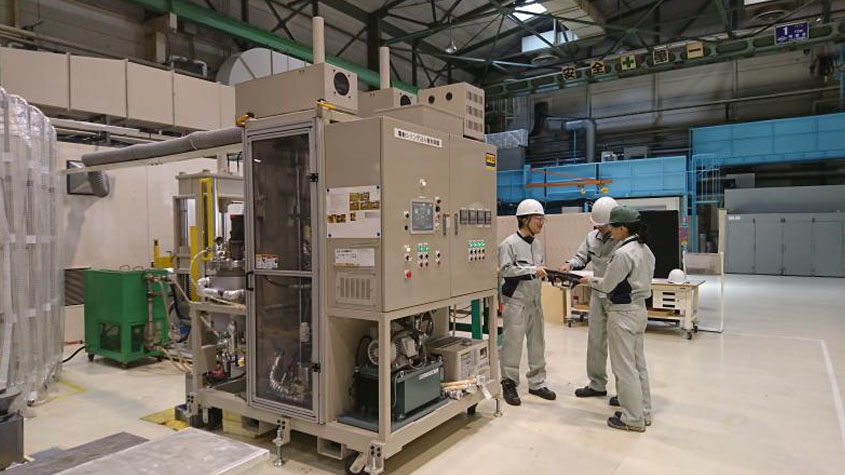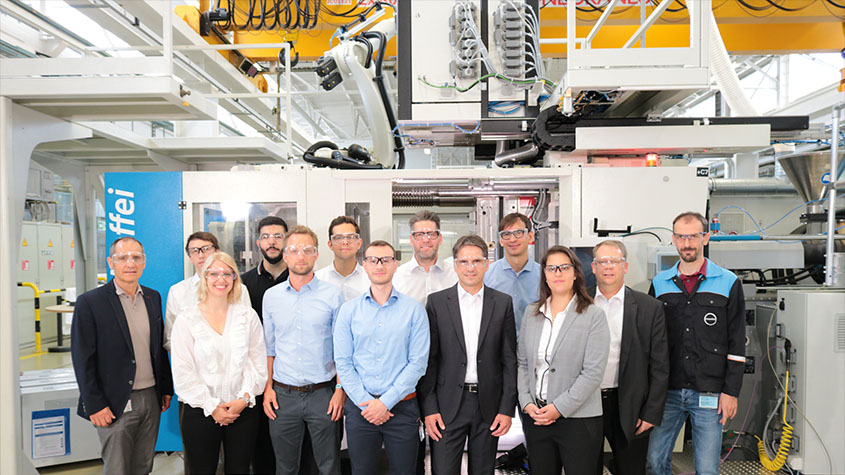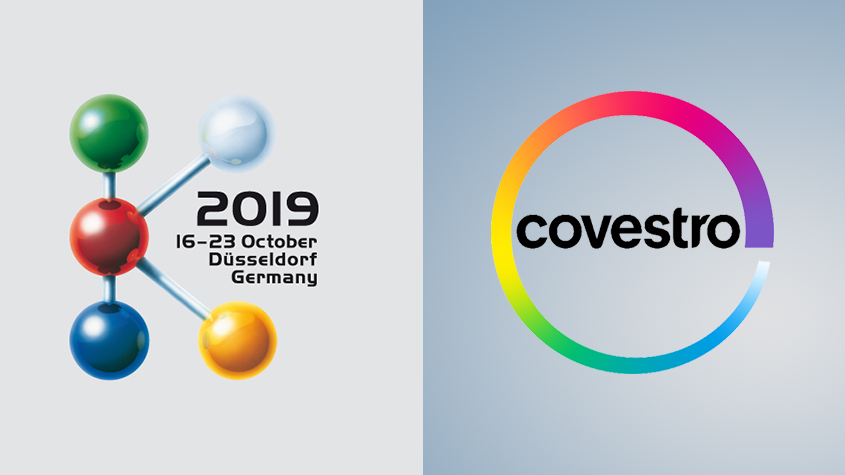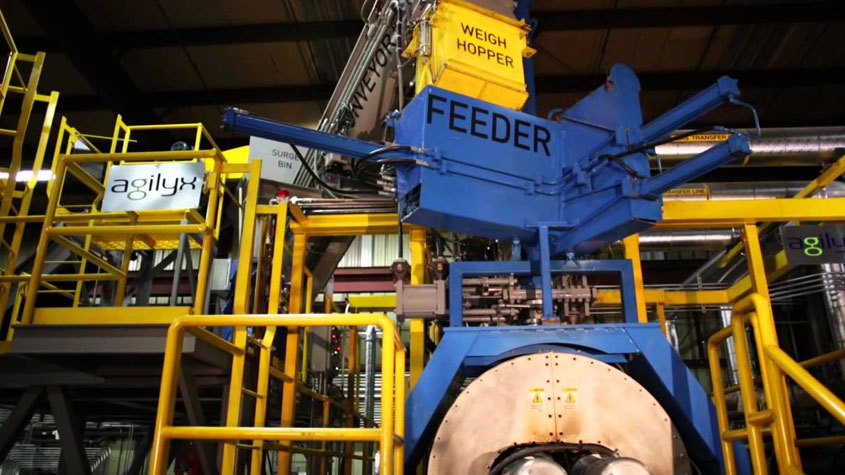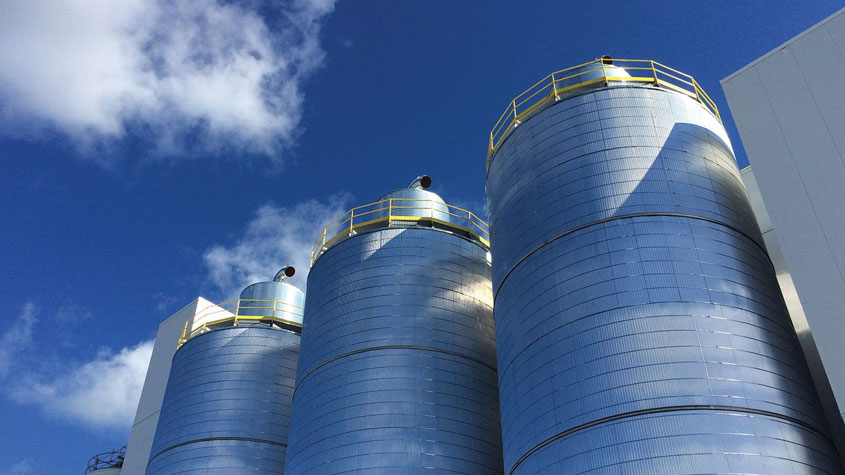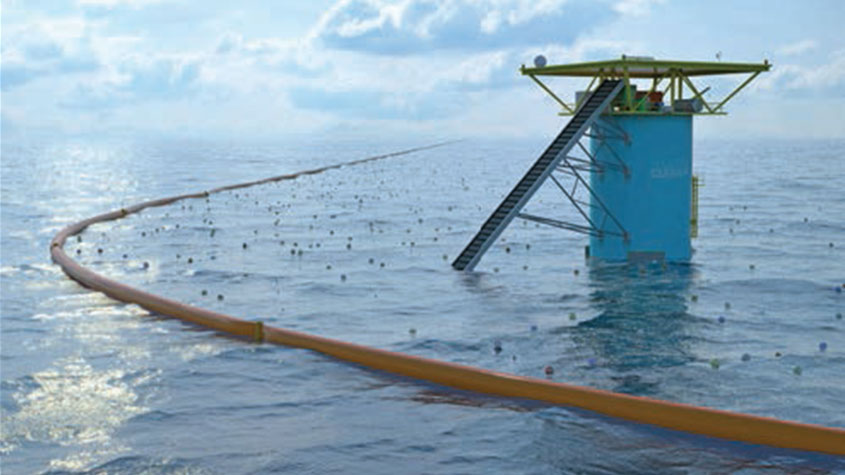Covestro Carbon collaborate on 3D printing for mass production
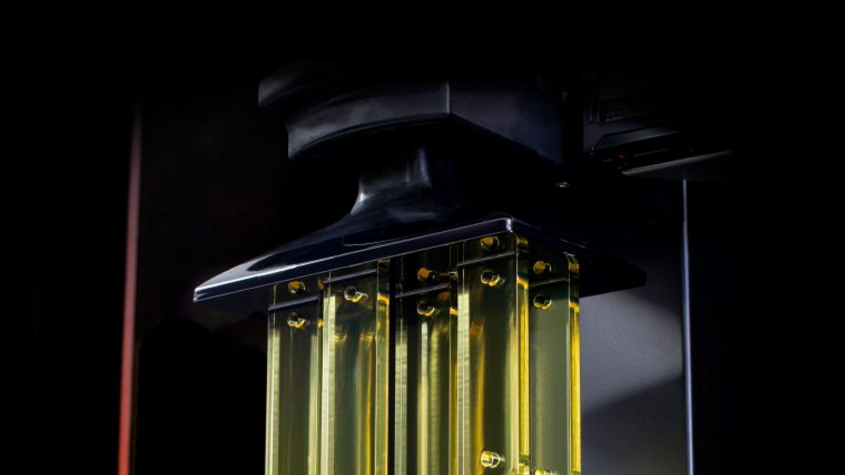
3D printing offers unique opportunities to produce three-dimensional, often complex shaped parts in one single step. While predominantly prototypes and sample parts have been produced in small numbers so far, many industries are increasingly interested in industrial mass production.
Silicon Valley based company Carbon has developed Digital Light Synthesis (DLS) technology, which can accelerate the production of parts up to a hundredfold compared to previous processes. After years of R&D, Carbon developed a novel polyurethane liquid resin suitable for production parts.
DLP is enabled by Carbon’s proprietary CLIP process and uses digital light projection, oxygen permeable optics, and programmable liquid resins to produce parts with improved mechanical properties, resolution, and surface finish.
German materials firm Covestro is a key partner in the scale-up and high-volume production of this material. The company invested a significant sum to enable the production in commercial quantity. As a result, joint forces proving mass production viability of the 3D-printing process and the respective material, and this is a current success of the partnership.
“Our biggest challenge in the upscaling of additive manufacturing until series production lies in the supply of suitable materials in the required quality and quantity,” explains Patrick Rosso, global head of additive manufacturing at Covestro. “By partnering with companies like Carbon, we are pushing existing scale boundaries and supporting various industries along the value chain on their way to digital mass production.”
Covestro says it is currently researching materials to enable an extended range of industrial applications. To this end, the company is upgrading laboratories for 3D printing at its Leverkusen, Pittsburgh and Shanghai sites, where it develops and tests material solutions for serial additive manufacturing in collaboration with different customers.
DLS technology developed by Carbon, is now being used for the first time on a large scale. Similar to stereolithography, the workpiece is created in a vat of liquid plastic resin that is cured by means of UV radiation.
At Carbon’s DLS technology, oxygen is supplied from below to counteract the curing and thus creating a liquid dead zone. For this purpose, the bottom of the vessel is made of a light and air-permeable membrane, similar to a contact lens. Due to this dead zone, the printed part can be pulled continously upward without the formation of individual layers.
Production using DLS technology is up to 100 times faster than with stereolithography – another important prerequisite for industrial mass production. In that context, a proprietary process combines software, hardware and materials. It imparts the desired technical and mechanical properties to the finished parts.
KraussMaffei showcases pioneering Additive Manufacturing solutions at formnext
precisionPrint stereolithography 3D printer show smultilaser-technology for series product…


